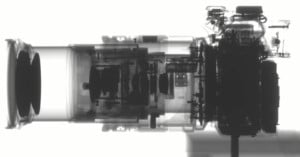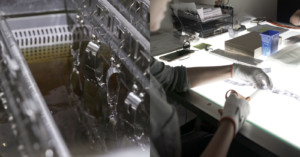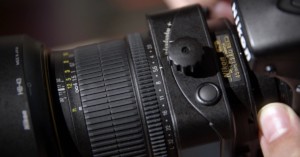
How Google’s Pixel Smartphone Super Res Zoom Feature Works
Super Res Zoom has been a part of the Google Pixel system since the launch of the Pixel 3, but with the Pixel 7 Pro, Google notes it took a big step forward and has explained how the feature works.




























